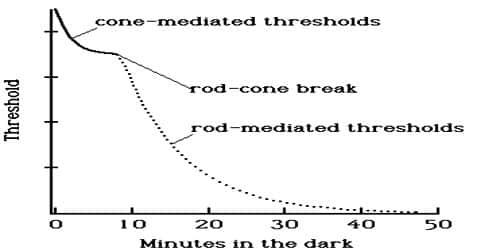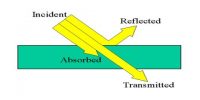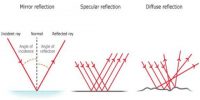Light Adaptation
Adjustment of the visual apparatus for vision in the bright light when a person comes from dim light is called light adaptation. This happens when we move from the dark into bright light. The bright light temporarily dazzles us and all we see is white light because the sensitivity of the receptors is set to dim light. It is the procedure including reduction of the pupil and reduces in rhodopsin by which the eye adapts to conditions of increased illumination.
The time required: This adaption occurs over a period of about 5 minutes.
It occurs in two ways:
- The sensitivity of the retina decreases dramatically.
- Retinal neurons undergo rapid adaptation inhibiting rod function and favoring the cone system.
Mechanism
When a person suddenly passes from a dim to brightly illuminated environment intense and uncomfortable light is felt by the subject but after 5 minutes reaches the photosensitive pigment in the rods and cones are decomposed in retinine and scotopsin and most the retinines converted into the vitamin. Within about one minute the cones are sufficiently excited by the bright light to take over. Visual accuracy and color vision continue to improve over the next ten minutes. Thus the cone of the photosensitive compounds in the retina increase and the visual threshold rises. Finally, decrease the retinal sensitivity to light. During light adaptation, retinal sensitivity is lost. it to















